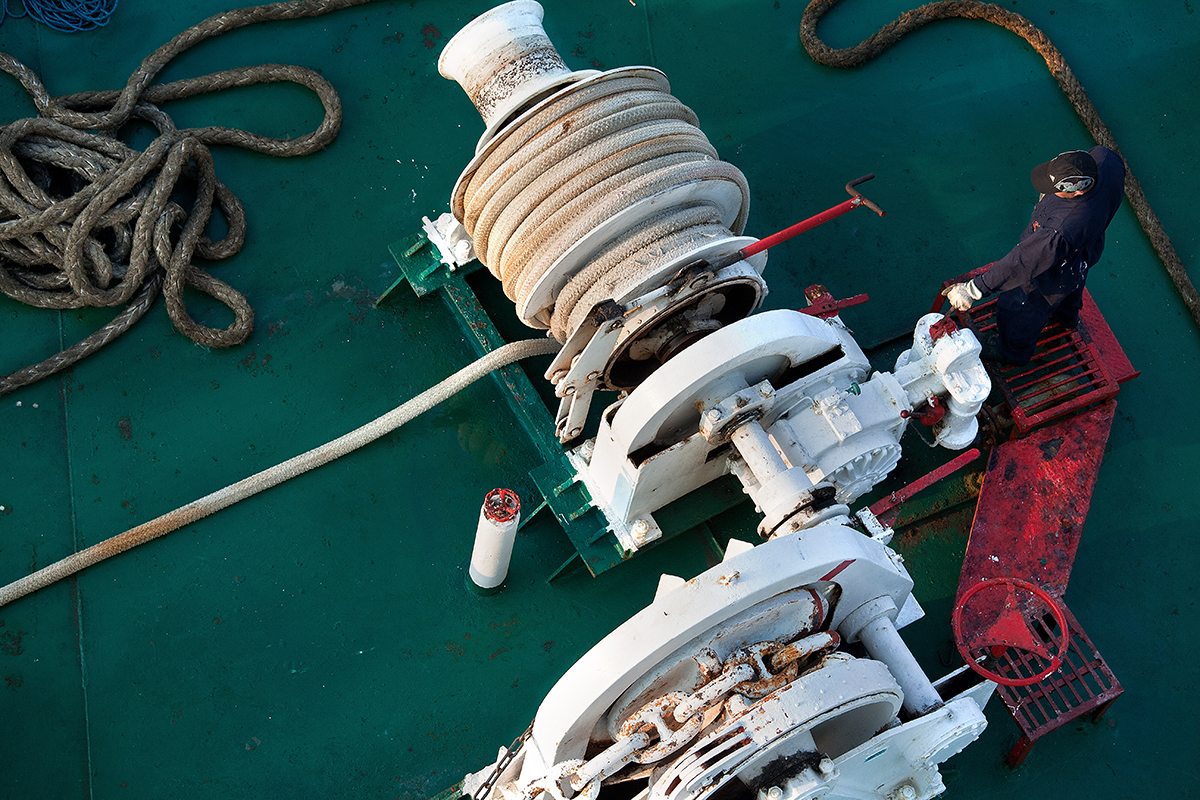Cutting ship emissions by half by the end of the decade? According to Ce Delft this is a viable option.
In its latest report, the consultancy firm urges the 175 International Maritime Organization’s Member States to do more, and better, to get to Net-Zero. It points out that 2050 is too far off; the shipping industry needs to reach this target ten years ahead of schedule.
Just as the IMO is announcing its decision to revise its emissions strategy (the Marine Environment Protection Committee is expected to schedule a meeting in the first week of July), Ce Delft highlights how the adoption of biofuels, a 20-30% reduction in sailing speed and the adoption of wind propulsion measures could put the shipping industry in a position to help cut emissions by between 28% and 47% compared to 2008 levels.
The consultancy firm points out that by 2030 slow steaming alone could contribute to reducing maritime emissions by around 25% compared to 2008 levels. Other measures, such as wind propulsion and the use of GHG-neutral fuels for generating 5-10% of maritime transport energy, would each contribute a quarter of the total required for reaching the designated target, helping to limit global warming over the next few years to 1.5°c, as the Paris Agreement stipulates.
The study, commissioned by the environmental groups Transport & Environment, Seas at Risk, Ocean Conservancy and Pacific Environment, states that implementing these measures would inevitably lead to an increase in shipping costs by an average of 6-14% compared to current ones. It does, however, stress that this would be highly manageable in economic terms. In fact, having sustainable shipping would result in a significant reduction in costs related to environmental damage, which are considerable.
University College London estimates that every year without anything being done this decade would risk making decarbonization in the maritime sector increasingly expensive, leading to an extra cost of $100bn.
According to Delaine McCullough, head of Ocean Conservancy, the study clearly shows that reductions are possible and that cost is not an obstacle. She believes it couldn’t have come at a better time, stressing that the IMO must not waste what could be the last best opportunity to get shipping back on track to prevent a climate disaster.
Likewise, Pacific Environment’s Antonio Santos considers the forthcoming meeting of the IMO’s Marine Environment Protection Committee in July as a historic opportunity to decarbonize international shipping, stressing that having scientific targets for 2030 and 2040 is essential in order to achieve it.
Transport & Environment’s Faïg Abbasov agrees: “Waiting until 2050 to decarbonise is a bit like waiting until your house burns before you call the fire brigade. Science says that halving emissions by 2030 is technically possible and the costs are manageable. What is needed is political will what is needed is political will; IMO needs to either step up or ship out!”
The decarbonization targets set by Ce Delft and the various environmental groups are certainly much more ambitious than those put forward by the more forward-thinking IMO member states: the US, UK and Canada had set a target of reducing maritime emissions by around 37% by 2030. The EU, by contrast, had settled for a more modest 29%.




